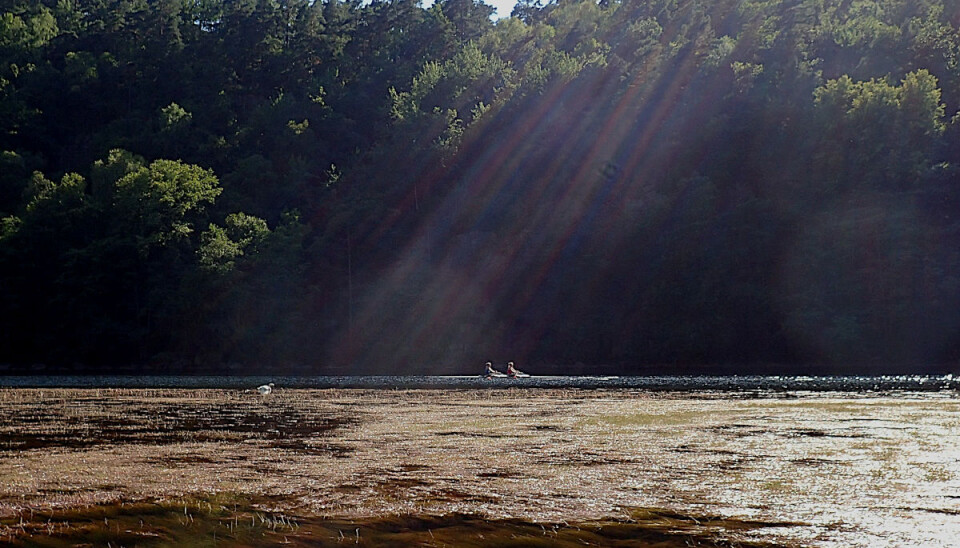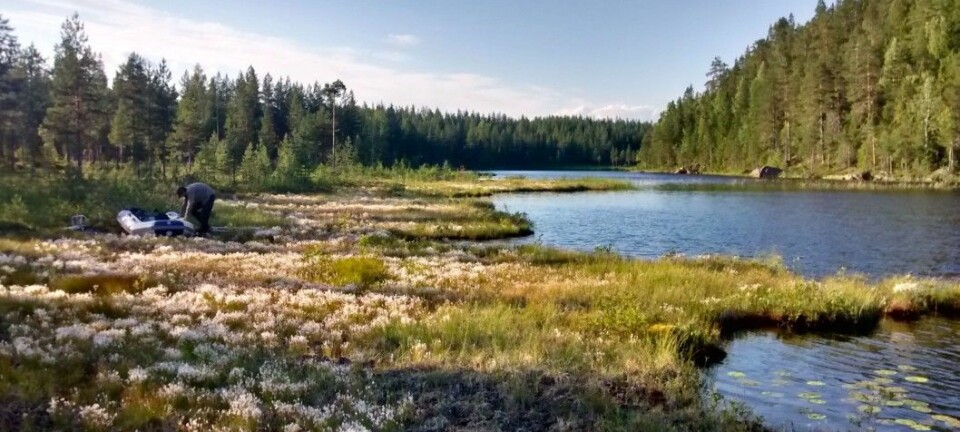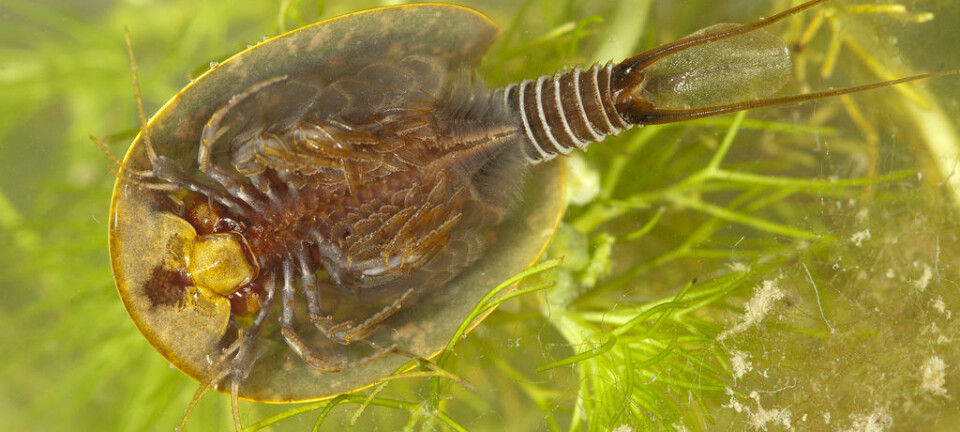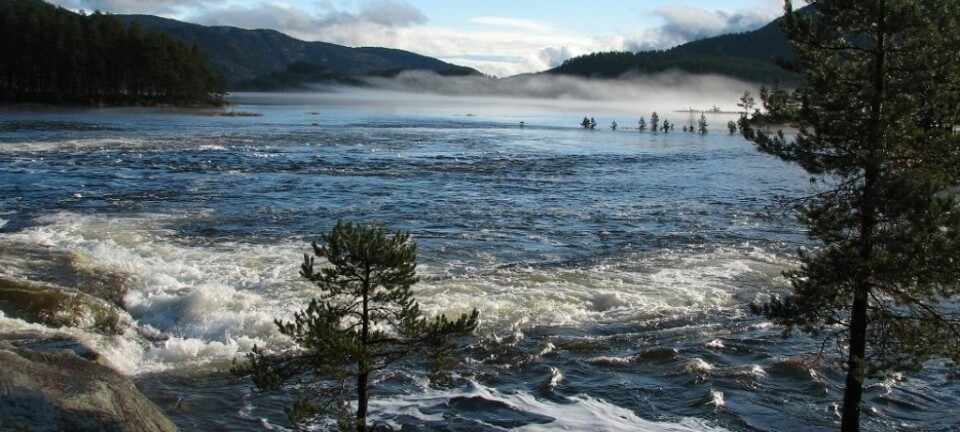An article from NIVA - Norwegian Institute for Water Research

Quest to solve global water plant mystery
Mass development of water plants in river and lakes causes headache for researchers and water managers all over the world. New research aims to reveal the causes of the explosive development and identify ecosystem effects of removing the water plants.
The Norwegian Institute for Water Research (NIVA) and the Norwegian University for Life Sciences (NMBU) are now coordinating an international project aiming to solve the water plant mystery.
"Mass development of water plants in rivers and lakes is a worldwide problem, and considerable amounts of money are spent every year trying to remove the plants. However, removal is no permanent solution, as the plants always come back," says researcher Susanne Schneider at the Norwegian Institute for Water Research (NIVA).
Collaborating with NMBU and researchers from Brazil, South Africa, France and Germany, the NIVA researcher aims to reveal the causes of the explosive mass development and identify the ecosystem effects of removing the water plants.
Unbalanced perception of water plants
The river Otra, which runs from the Setesdal valley to Kristiansand in Southern Norway, has during the last decades faced great problems concerning mass development of the water plant bulbous rush (Juncus bulbosus). Some places the dense reeds have made boating and fishing impossible– and bathing is not particularly tempting when the plant masses lie like a carpet on the river surface.
Furthermore, bulbous rush might clog water intakes to hydropower plants, and it has been claimed that the reeds displace native species and destroy salmon spawning ground. Therefore, considerable resources have been spent attempting to remove the reeds by disking and milling.
Despite all the negative effects caused by bulbous rush, Schneider argues that water managers and the public should obtain a more balanced view on water plants: The presence of such plants also has several positive effects on the river ecosystem, and the price for removal could be higher than a harrow rental.

"The water plants provide clean water through nutrient removal and -retention. Furthermore, they provide habitats for a diverse flora and fauna, and are food and habitat for waterfowl and fish. Not to mention their prevention of toxic cyanobacteria blooms," Schneider says.
By the end of a three-year period with coordinated research, the international project called MadMacs («Mass development of aquatic macrophytes») will provide science based and balanced knowledge on the function of water plants in river and lakes all over the world.
"We will compare the direct and indirect costs and benefits of water plant removal. The results will potentially save the society considerable amounts of money, by preventing actions that cost more than they achieve," says the NIVA researcher.
Want to reveal causes, not cure symptoms
Previously, it was assumed that high nutrient concentration in rivers and lakes caused the mass development of water plants, however, the picture is probably a lot more complex. MadMacs will be the first project to large scale investigate which combinations of natural conditions and pressures are likely to lead to the mass development of water plants.
"This will enable handling the underlying causes of macrophyte mass development, instead of unsustainably trying to «cure the symptoms», which generally is current practice," Schneider says.
A manual for managers
The Norwegian part of the field work will be conducted in Otra river through investigations and removal experiments.
The researchers will make use of identical methods for the planned water plant experiments across five countries (Norway, France, Germany, South-Africa and Brazil), enabling comparison between the results.
This will facilitate differentiation between site-specific and general consequences of water plant removal. Thereafter, they will develop a risk assessment model to assess and balance benefits and costs of water plant removal. Lastly, a cookbook for the water management will be developed to assist decision making.
"Revealing the general consequences of water plant removal is only possible by comparing several cases in which the same methods have been applied. We hope that other researchers will follow up on our initiative and use our methods, so that their work will be a contribution to increase the knowledge on dense vegetation in rivers and lakes," Schneider concludes.
The project officially starts with a kick-off meeting in Paris in February 2019 and is planned to be finished in 2022.
The MadMacs project (Mass development of aquatic macrophytes) is coordinated by NIVA and NMBU in Norway, and is a cooperation between Norway, Germany, France, South-Africa and Brazil. The project is funded through the EU Water Joint Programming Initiative. «Krypsivprosjektet på Sørlandet» will also provide economic support.

































